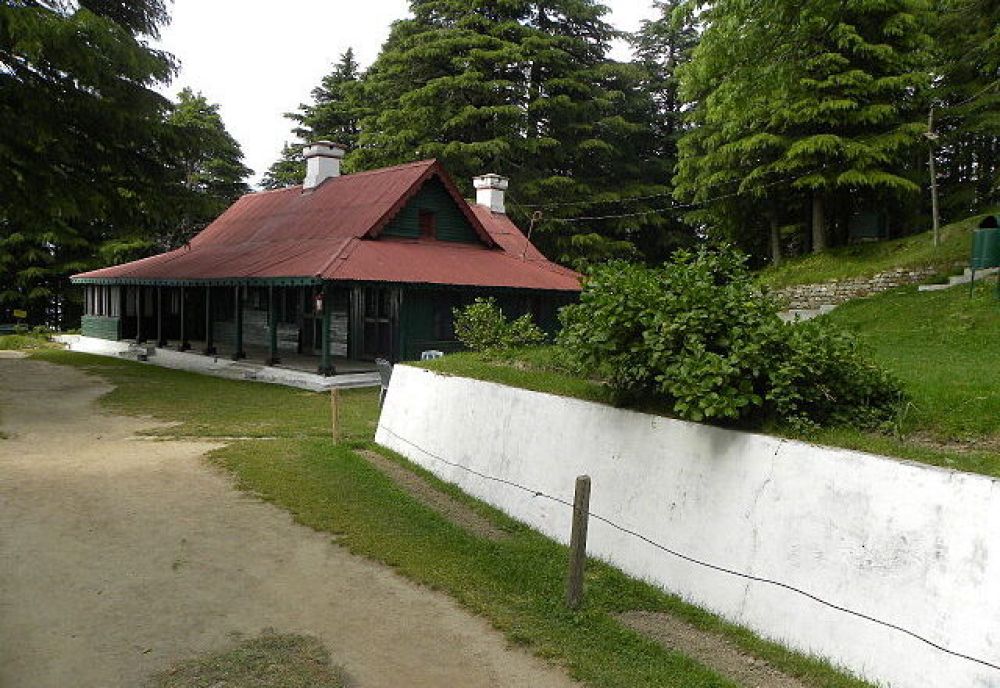

Nestled in the pristine landscapes of Himachal Pradesh, the Kalatop Wildlife Reserve (also known as Kalatop Khajjiar Sanctuary) is a popular sanctuary that has long attracted nature enthusiasts, wildlife lovers, and tourists searching for tranquility. The history of tourism in Dalhousie, where the sanctuary is located, goes back to the mid-19th century when the town was established by the British as a summer retreat. Named after Lord Dalhousie, the then British Governor-General, the region soon became a famous destination for colonial officials looking to escape the summer heat of the plains.
The establishment of the sanctuary itself can be traced back to the protection of this biodiverse region. Originally, the area was protected for its forest resources, but over time, as people began to realize the immense ecological value it held, it was designated as a wildlife reserve. Covering an area of approximately 30.69 sq km, Kalatop Wildlife Reserve was officially recognized in 1949.
Since then, the reserve has become a staple in the tourism offerings of Dalhousie, inviting those who wish to experience the serenity of the Himalayan wilderness. Its popularity has been consistent over the decades, seeing a steady increase in the number of visitors looking to explore its dense deodar forests, gentle streams, and lush green meadows, as well as spot diverse species of flora and fauna.
Tourism trends in the Kalatop Wildlife Reserve have shifted towards eco-friendly and sustainable practices in recent years. There has been an increased recognition of the importance of preserving the natural beauty and ecological balance of the area. As a result, tourism activities are conducted with greater environmental consciousness.
Overall, the latest trends in tourism at Kalatop Wildlife Reserve suggest a movement towards maintaining harmony between visitors and the natural environment. This change reflects a global shift towards more conscious travel, where the impact on destinations is carefully considered and mitigated.